Cette colonne, en marbre rosso antico, est un exemple typique de souvenirs du Grand Tour, fait dans différents types de marbre et de tailles, des différents ateliers romains, qui a réutilisé les marbres anciens dont la ville avait en abondance, Ces objets ont été très appréciés par les voyageurs sur le grand tour entre le XVIIIe et le XIXe siècle. Il représente la dernière intervention d’un empereur dans le Forum romain. En fait, il a été érigé par l’empereur Phocas en 608. La colonne elle-même est un exemple clair de réutilisation, en fait elle remonte à la fin du premier siècle ou peut-être le début du deuxième siècle après JC. Le chapiteau est également plus ancienne, étant de l’ère de Trajan.
L’escalier encore visible au XIXe siècle a toutefois été enlevé au cours des fouilles subséquentes.
À l’origine, la colonne soutenait une statue de Dioclétien qui fut remplacée par celle de l’empereur Phocas, mort dans des circonstances tragiques. Peut-être voulait-il rappeler, à travers l’exarque de Ravenne Smaragdo, à qui le monument est dédié, le don du Panthéon au pape Boniface IV, cependant cela est incertain.
This column, in rosso antico marble, is a typical example of souvenirs from the Grand Tour, made in different types of marble and sizes, from the various Roman workshops, which reused the ancient marbles of which the city had in abundance, such objects were much appreciated by travelers on the grand tour between the eighteenth and the 19th century. It represents the last intervention of an emperor in the Roman Forum. In fact, it was erected by Emperor Phocas in 608. The column itself is a clear example of reusing, in fact it dates back to the end of the first century or perhaps the beginning of the second century AD. The capital is also older, being from the Trajan era.
The staircase still visible in the 19th century, was however removed in the course of subsequent excavations.
Originally the column supported a statue of Diocletian which was later replaced by that of the emperor Phocas, who died in tragic circumstances. Perhaps he wanted to recall, through the exarch of Ravenna Smaragdo, to whom the monument is dedicated, the donation of the Pantheon to Pope Boniface IV, however this is uncertain.


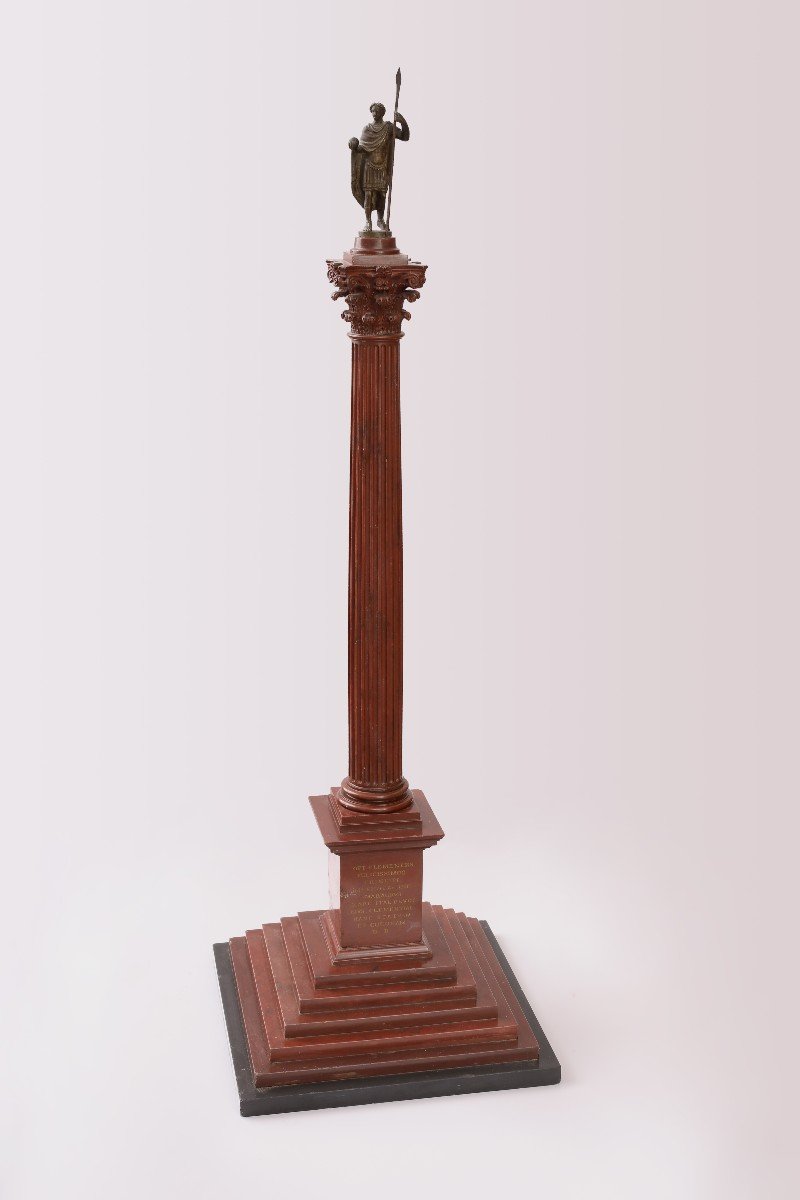

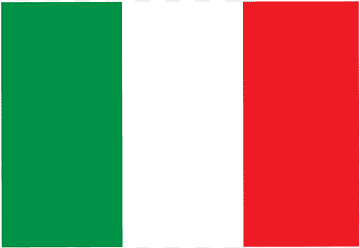 Vedi questo oggetto sul sito italiano
Vedi questo oggetto sul sito italiano



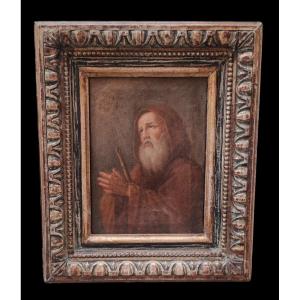

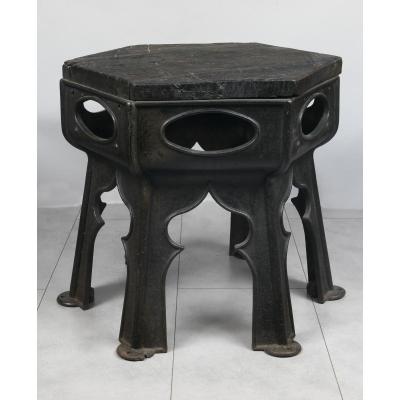

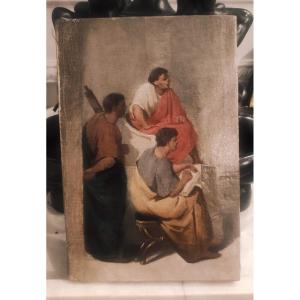



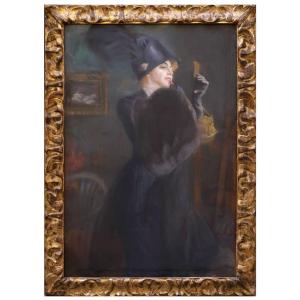



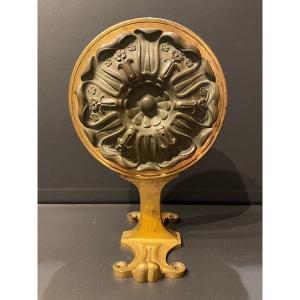

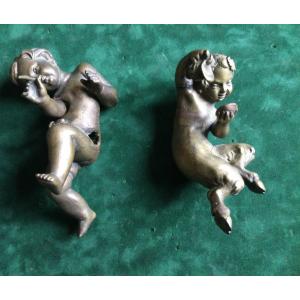
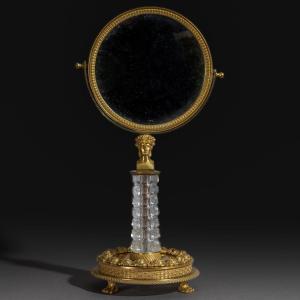
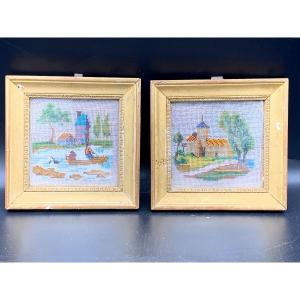



 Le Magazine de PROANTIC
Le Magazine de PROANTIC TRÉSORS Magazine
TRÉSORS Magazine Rivista Artiquariato
Rivista Artiquariato